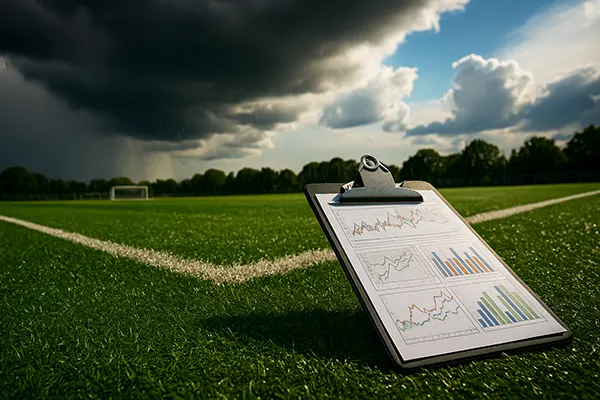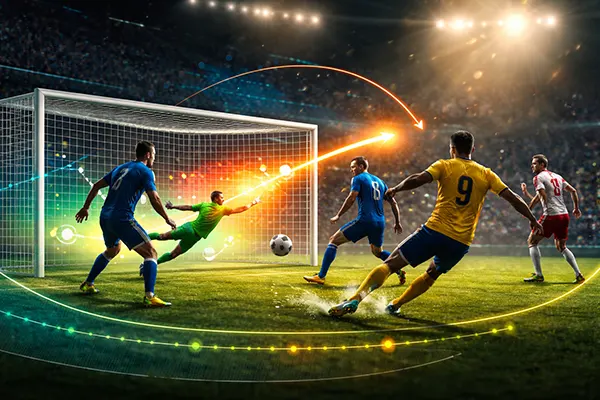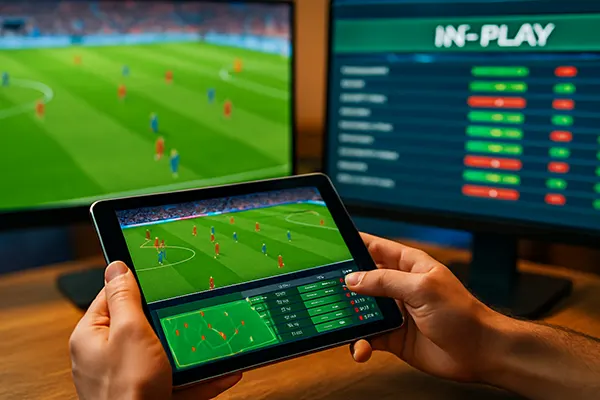Climate Change and Artificial Turf: How Field and Weather Conditions Affect Betting Odds

Modern sports betting has evolved far beyond analysing team form or star player performance. In 2025, bettors increasingly consider environmental and surface factors—especially in regions with extreme weather or artificial turf dominance. Climate change, unpredictable weather patterns, and the spread of synthetic pitches have significantly impacted both match outcomes and betting odds. Understanding these effects is essential for developing a smart betting strategy grounded in real-world data and environmental awareness.
The Growing Role of Weather in Sports Betting
Weather has always influenced sporting performance, but global climate shifts have amplified its effects. Sudden temperature swings, heavier rainfall, and stronger winds now disrupt even top-tier matches. For instance, football leagues in Scandinavia or Canada frequently face snow and icy conditions that slow gameplay and reduce scoring opportunities. In contrast, high humidity in southern regions can exhaust players faster, altering the pace and tactical flow of a match.
These variations force bookmakers to adjust their odds in real-time. A match played under strong wind or heavy rain might see a decrease in over/under totals due to reduced scoring likelihood. Savvy bettors monitor meteorological forecasts before placing bets, using professional weather data platforms or even local stadium sensors where available.
Furthermore, climate unpredictability has led to more postponements and schedule shifts. Bettors who fail to track these updates risk placing wagers based on outdated or irrelevant conditions. Thus, climate awareness has become an integral part of successful sports analysis.
Practical Tools for Analysing Weather Impact
Professional bettors often use statistical databases like Opta and Weather Underground to correlate past weather data with match results. By comparing team performance under specific conditions—such as rain or cold temperatures—they can identify recurring patterns. For example, English Premier League teams that rely on quick passing usually underperform during heavy downpours, while Scandinavian clubs trained on frozen fields might thrive.
Another growing resource is satellite-based monitoring of pitch temperature and moisture levels. In 2025, these technologies are increasingly available to the public, helping bettors assess not just weather but its interaction with playing surfaces. Many modern betting apps now integrate real-time environmental feeds directly into their match previews.
Combining meteorological awareness with tactical insight allows bettors to identify undervalued odds—particularly when bookmakers fail to react promptly to sudden weather shifts. This strategy blends science, experience, and intuition into one powerful analytical approach.
Artificial Turf vs Natural Grass: Performance and Odds
The rise of artificial turf has transformed not only player performance but also betting dynamics. Artificial pitches are more resistant to extreme weather and allow consistent play year-round, yet they affect ball speed, player fatigue, and injury risk. These variables have measurable statistical impacts, influencing how bookmakers calculate odds.
Studies in European and North American leagues show that matches on artificial turf tend to produce slightly fewer goals and more fouls. The ball moves faster but bounces higher, disrupting control for teams unaccustomed to synthetic surfaces. This often gives home teams a strategic advantage, especially when they train regularly on such pitches.
As more clubs in colder climates switch to artificial turf, betting models are adapting. Experienced bettors now track surface type as carefully as line-ups or team form. Some even maintain private databases linking pitch type to historical goal averages, allowing more precise predictions for totals and handicaps.
When Bookmakers Undervalue Surface Impact
Bookmakers usually factor in general trends but can underestimate the influence of specific surfaces in minor leagues. For example, Nordic teams used to snow-resistant turf may outperform southern opponents early in the season. When weather worsens and artificial pitches maintain consistency, the odds sometimes fail to reflect the true balance of advantage.
This creates value-betting opportunities—situations where the actual probability of an event differs from the implied odds. Bettors who understand these nuances can exploit inefficiencies, particularly in leagues where data transparency is limited. This requires continuous observation and comparison of team results on different surfaces.
In 2025, artificial turf continues to spread across Europe and North America due to sustainability concerns and maintenance costs. Yet its betting implications remain complex, demanding both technical knowledge and contextual understanding from informed punters.

Integrating Field and Weather Analysis into Betting Strategy
Combining weather and surface analysis provides a comprehensive framework for advanced betting. Successful bettors build pre-match models that include wind speed, temperature, humidity, and field type. These elements collectively affect match tempo, scoring probability, and player stamina—all of which directly influence odds movements.
Modern data analytics tools can simulate how variables interact. For instance, a dry artificial turf under 30°C heat may cause higher ball speed but increased fatigue, affecting late-match outcomes. Conversely, wet grass slows play but benefits teams with strong physical endurance. Understanding such dynamics helps in predicting not only goals but also card totals and corners.
However, discipline and data accuracy remain crucial. Many betting losses stem from relying on outdated or incomplete information. Bettors should combine meteorological updates, league statistics, and injury reports to ensure reliable insights. Over time, this practice builds a sustainable, evidence-based betting approach aligned with modern analytical trends.
Where to Find Reliable Environmental Data
Accurate information sources include official league communications, stadium maintenance reports, and global weather services like AccuWeather or the UK Met Office. Some professional betting communities share detailed pitch condition logs for top European and American competitions. Access to these insights enables bettors to refine their models and react faster than bookmakers.
Additionally, bettors can subscribe to independent analytics providers that specialise in match environment tracking. These services offer pitch humidity levels, turf composition data, and pre-match forecasts, which enhance predictive accuracy. The trend in 2025 is clear: environmental intelligence has become as valuable as traditional team statistics.
Ultimately, recognising how climate and surface interact empowers bettors to make informed decisions. Instead of relying solely on form tables, they evaluate the full ecological context of every match—an approach that defines the future of analytical sports betting.



